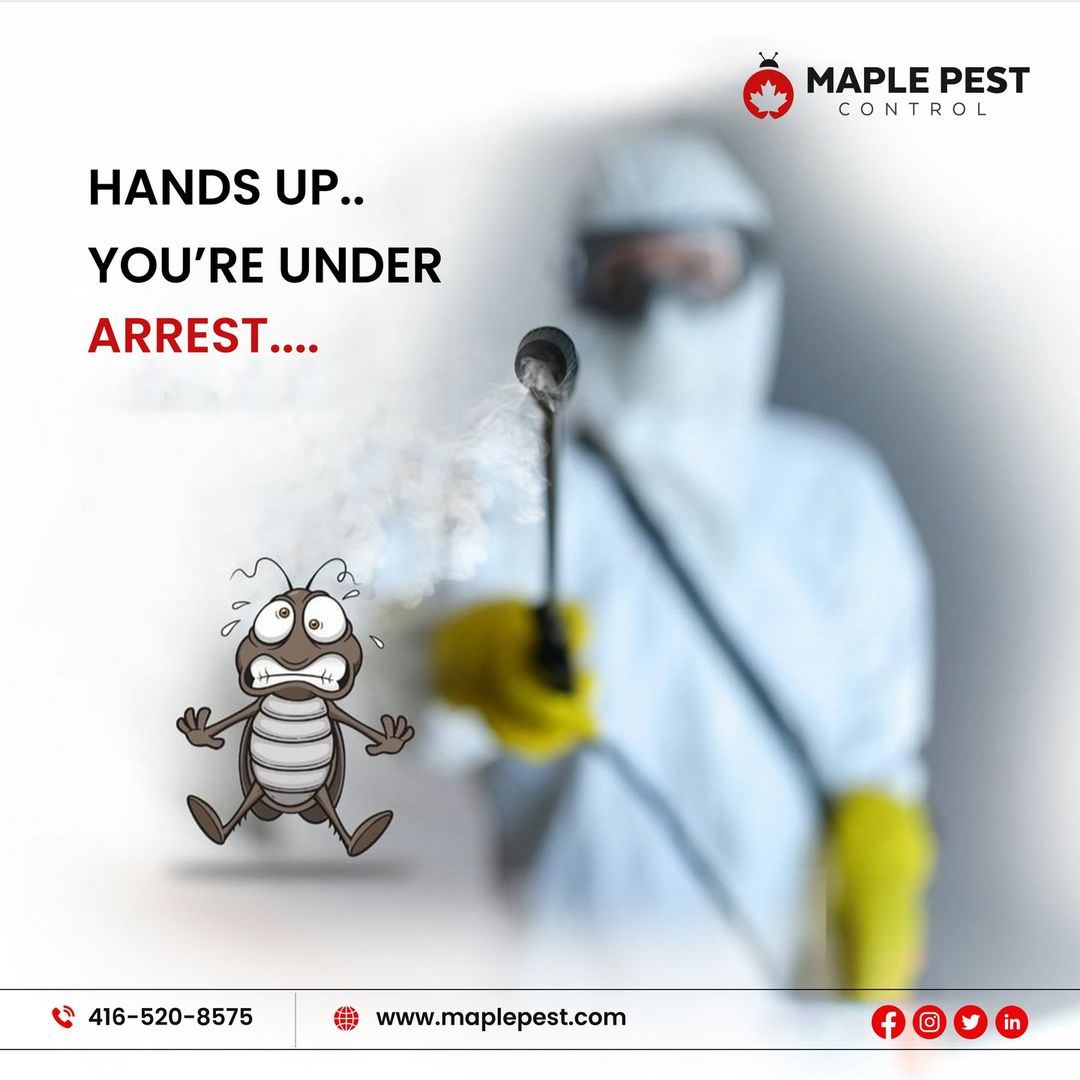
What Do Groundhogs Eat: A Comprehensive Guide
Introduction
Groundhogs, also known as woodchucks, are fascinating creatures often associated with Groundhog Day, a tradition that predicts the arrival of spring based on their behavior. However, beyond their meteorological forecasting abilities, groundhogs play a significant role in ecosystems and gardens alike. Understanding their dietary habits is essential, especially for those concerned about their presence in gardens and farms, as it can inform pest control strategies like those in Thornhill.
Dietary Preferences
Groundhogs are herbivorous mammals, primarily consuming plant material. Their diet consists of a wide variety of vegetation, and while they may occasionally nibble on insects or snails, plant matter makes up the bulk of their meals. Here’s a closer look at what groundhogs eat:
-
Grasses and Forbs: Groundhogs enjoy munching on grasses, which include common lawn grasses such as Kentucky bluegrass, fescue, and Bermuda grass. They also consume forbs, which are herbaceous flowering plants like dandelions and clover.
-
Leaves and Shoots: Groundhogs relish the tender leaves and shoots of various plants. These can range from tree leaves to the foliage of garden vegetables like lettuce, beans, and peas.
-
Fruits and Berries: As opportunistic feeders, groundhogs are attracted to ripe fruits and berries, such as apples, cherries, and raspberries. These tasty treats are often irresistible to them.
-
Vegetable Garden Favorites: Groundhogs have a knack for finding vegetable gardens and feasting on crops like broccoli, cabbage, carrots, and tomatoes. This can be particularly frustrating for gardeners.
-
Bark and Woody Plants: In winter, when fresh greenery becomes scarce, groundhogs may resort to eating bark and woody plants like trees and shrubs. This behavior can be detrimental to young trees and shrubs.
Pest Control Thornhill: Managing Groundhog Activity
While groundhogs play an essential role in the ecosystem by promoting the growth of meadows and fields through their grazing, their presence can be problematic in certain areas. For instance, in Thornhill and similar suburban areas, groundhogs can damage gardens and lawns, leading to concerns about landscape preservation and potential conflicts with humans.
To manage groundhog activity and protect your property in Thornhill, consider these pest control strategies:
-
Fencing: Install sturdy fences around your garden or vulnerable areas of your property. Make sure the fence extends underground to prevent digging, as groundhogs are skilled burrowers.
-
Repellents: There are various commercial and homemade repellents available that can deter groundhogs from entering your property. These often rely on strong odors or unpleasant tastes.
-
Trapping: Humane live traps can be used to capture groundhogs. Once trapped, they can be safely relocated to a more suitable habitat away from your property.
-
Natural Predators: Encourage natural predators like foxes and hawks to inhabit your area. They can help keep the groundhog population in check.
-
Garden Management: Implement protective measures like netting or row covers to safeguard your garden’s produce.
Conclusion
In summary, groundhogs are herbivorous creatures with a diverse diet that includes grasses, leaves, fruits, and vegetables. While they contribute positively to ecosystems, they can pose challenges in suburban areas like Thornhill, where their appetite for garden crops may lead to conflicts with humans.
Effective pest control measures, such as fencing, repellents, trapping, and garden management, can help mitigate these issues and strike a balance between coexisting with these fascinating creatures and preserving your property. By understanding what groundhogs eat and how to manage their activity, you can ensure a harmonious relationship with nature in Thornhill and beyond.



